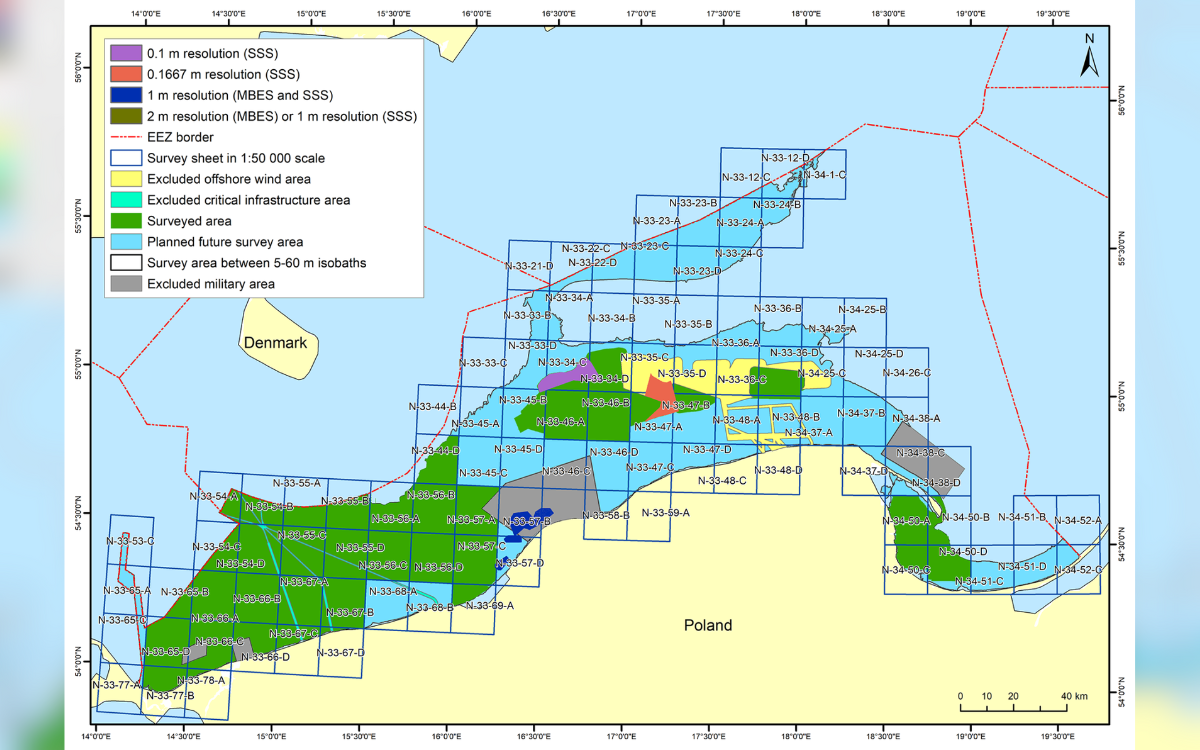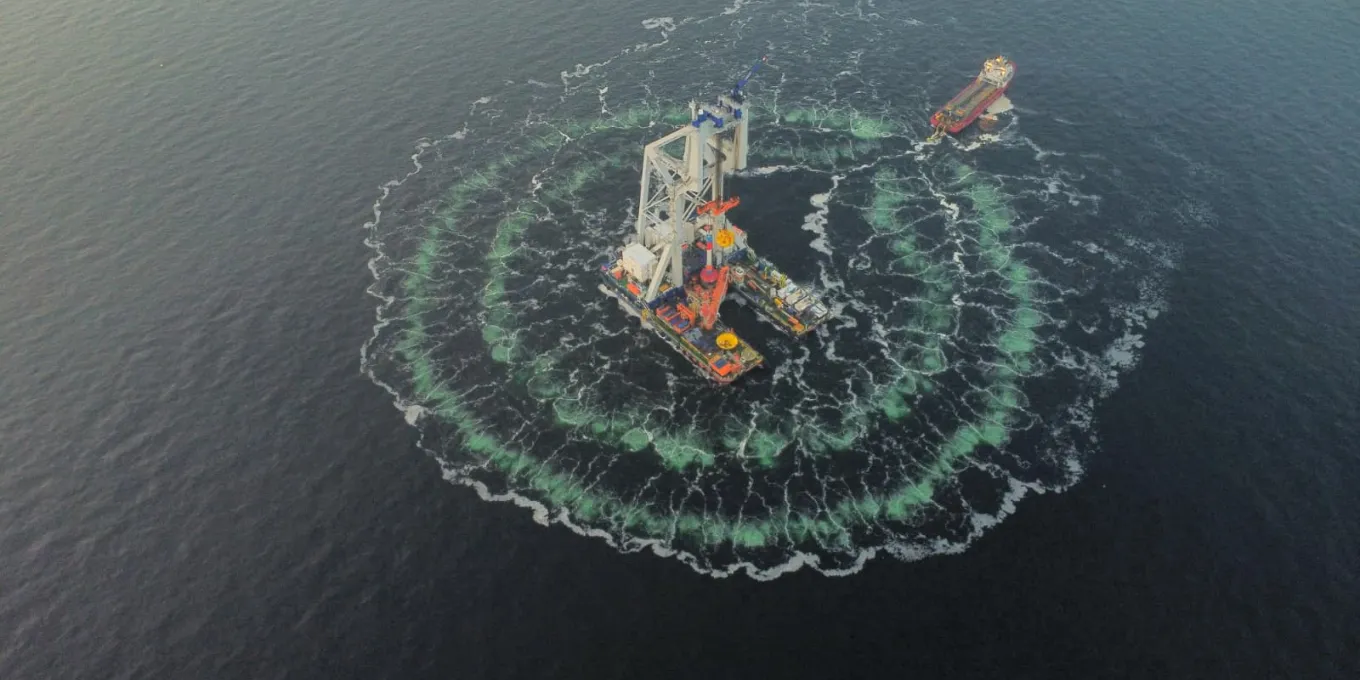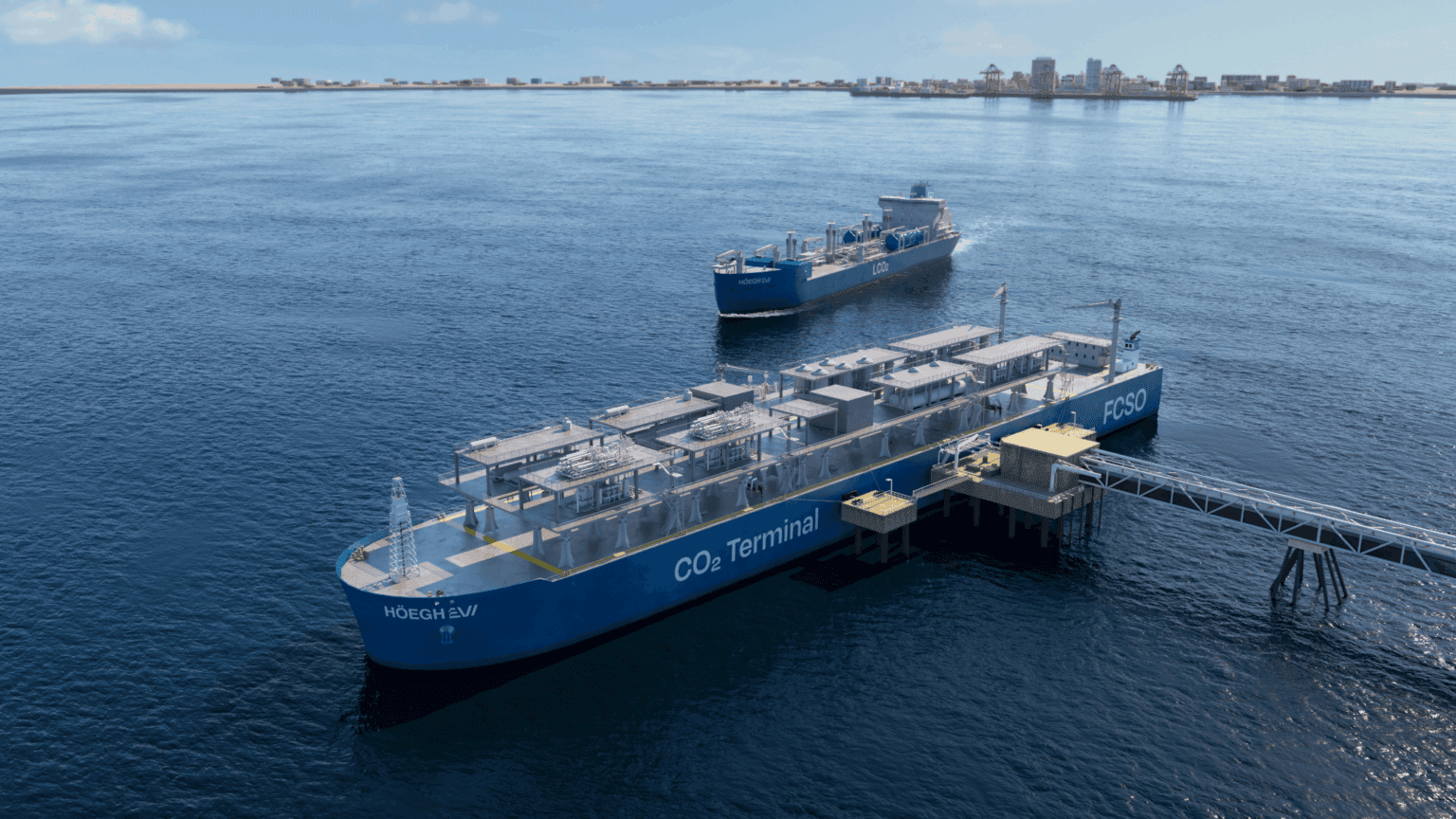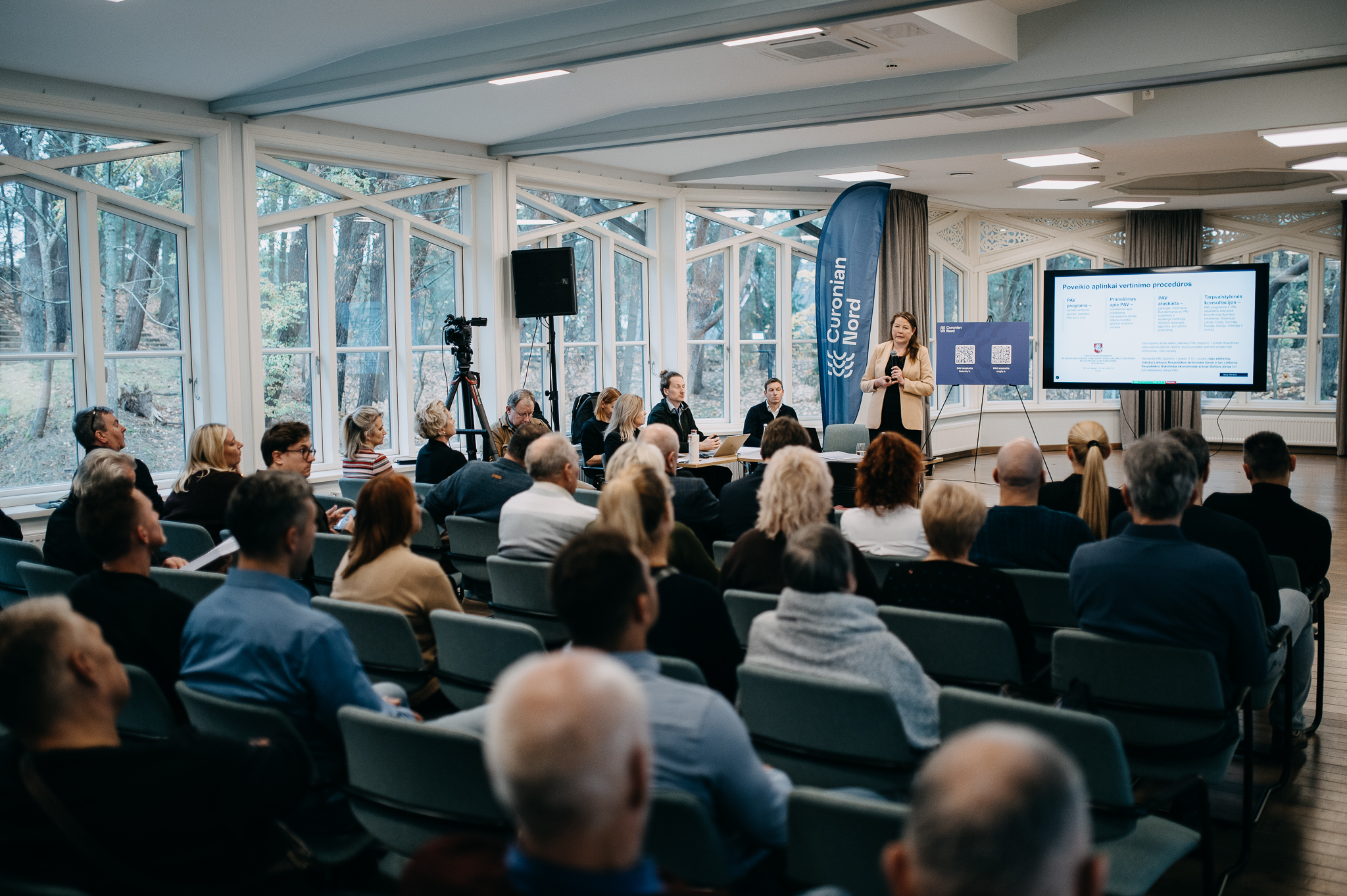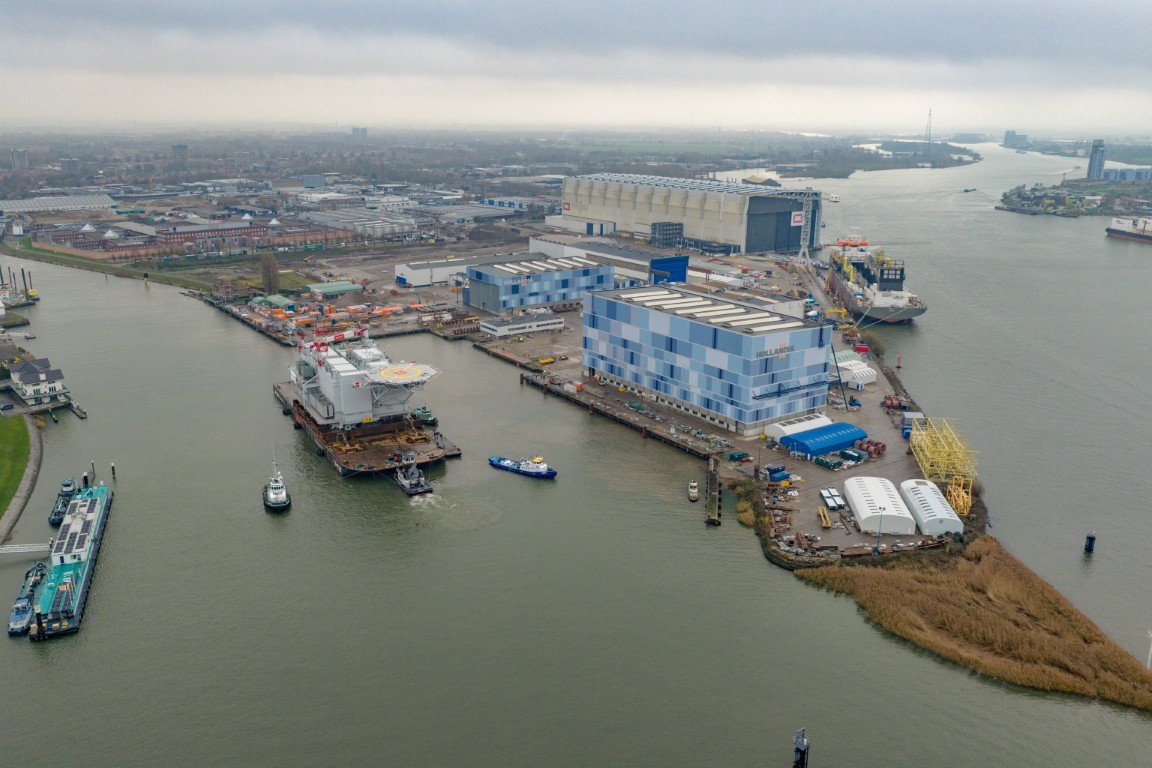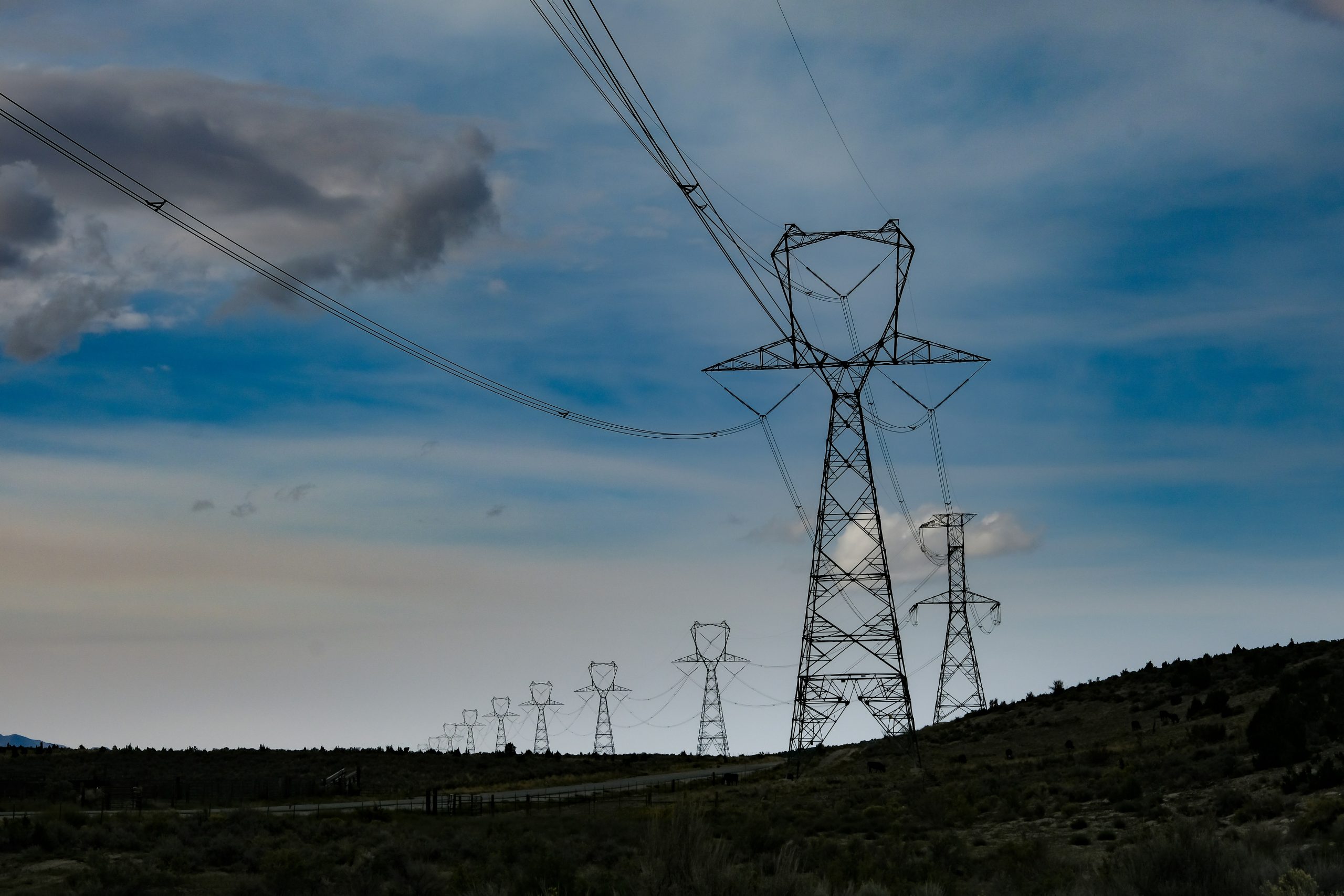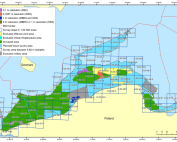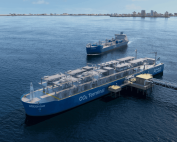Danish municipalities stand to receive an injection of DKK 1-2 billion. DKK from 28 offshore wind projects, which a number of developers want to build without government support, but which have been put on hold. Green Power Denmark calls it crucial that the case is resolved quickly.
A looped park at Hirtshals Harbour, a larger debt for a new ferry to Læsø and a climate target in Sønderborg in jeopardy. These are just three of a long series of concrete municipal penalties if the 28 planned offshore wind projects under the so-called ‘open door’ scheme end up being scrapped.
In total, calculations from Green Power Denmark show that municipalities around Denmark stand to receive a cash injection of DKK 1-2 billion DKK from the many subsidy-free offshore wind projects that developers have invested both time and money in preparing.
A few weeks ago, however, the government and the Danish Energy Agency abruptly put the entire group of projects on hold, citing doubts about the EU’s state aid rules – a doubt that sent tremors through both industry and municipalities, and which has not yet been resolved.
– It was almost like I froze when I heard about the Danish Energy Agency’s decision. This is not just a matter between the state and the EU, but something that has huge consequences for the existing projects that are underway in the municipalities, says Birgit S. Hansen, chairwoman of KL’s Climate and Environment Committee and mayor of Frederikshavn Municipality, to the media Kommunen.dk.
At the same time, she points out that it will logically reduce the local income from the projects if the companies have to pay the state to gain access to the areas.
– It is us in the municipalities who have to build up the coast and live with the wind turbines, so we don’t have to duck our necks, she says.
Need for quick clarification
The large amount of money for the municipalities is a result of the fact that open door projects located less than 15 km from the coast are obliged to make a ‘community contribution’ of DKK 165,000 per megawatt (MW) via a green pool.In total, it will be somewhere between 1.1 billion. DKK – depending on final project sizes – and DKK 2 billion. DKK, when you include GreenGo’s latest plans in the large Megaton project in Ringkjøbing-Skjern Municipality.
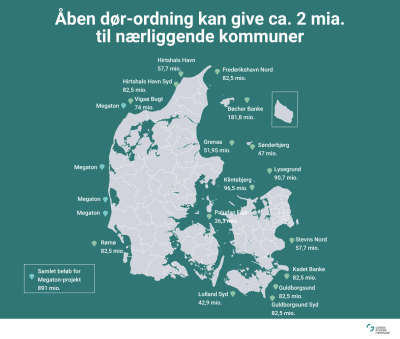
Open door procedure can give appx. 2 billion to neighbouring municipalities; Source: Green Power Denmark
Green Power Denmark has been highly critical of the fact that the blanket has suddenly been pulled away from under the entire scheme, which has existed for 25 years without the slightest sound about state aid problems. The EU Commission has also since stated that the decision on the arrest was not made on the basis of inquiries from the EU.
– It is a mistake that the government has shut down all projects without exception. The government could have entered into a dialogue about the EU rules and continued the case processing. Instead, the most far-reaching model has been chosen, and this creates uncertainty and mistrust among investors and developers, says Kristian Jensen, CEO of Green Power Denmark.
A quick clarification is needed. The closed door on offshore wind turbine projects is a real jaw-dropper for the green industry. We risk that project developers and others who help to drive the green transition will withdraw. Therefore, it is crucial that the government gets a solution in place as soon as possible, he adds.
One of the advantages of the open-door projects is that they can be completed much faster than the nine GW of offshore wind that the state itself has planned to offer. However, these tenders have not yet started, and at the same time, the development of wind turbines and solar cells is creeping along on land.
In addition, the open door projects are important for a Danish Power-to-X future, as many of the projects are geographically located based on a desire to produce both electricity and hydrogen for new green fuels.
Source: Green Power Denmark



